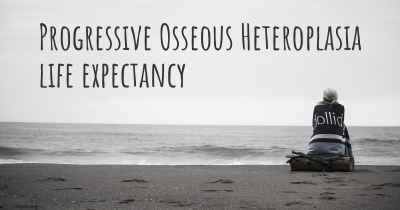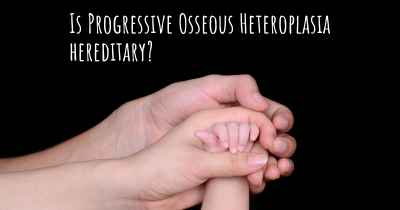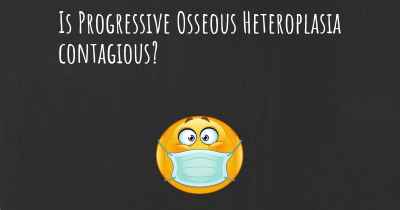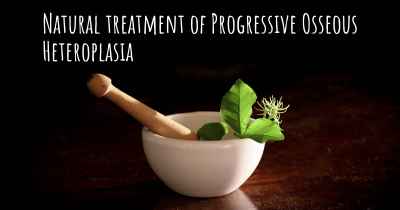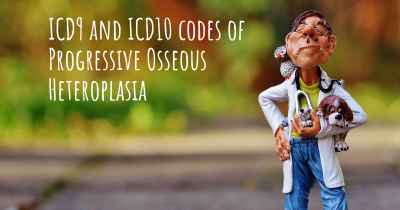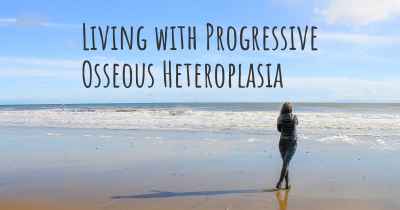Which are the symptoms of Progressive Osseous Heteroplasia?
See the worst symptoms of affected by Progressive Osseous Heteroplasia here
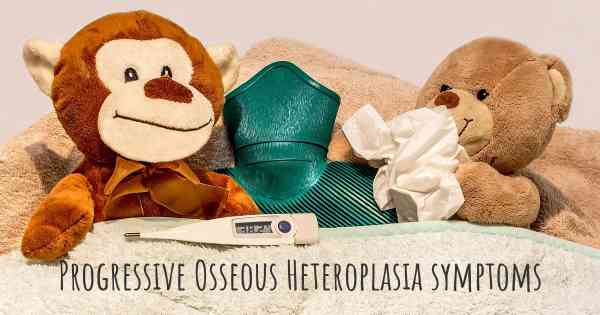
Symptoms of Progressive Osseous Heteroplasia
Progressive Osseous Heteroplasia (POH) is an extremely rare genetic disorder characterized by the abnormal formation of bone in soft tissues such as muscles, tendons, and ligaments. This condition primarily affects the skin, subcutaneous tissues, and deep connective tissues. POH is caused by mutations in the GNAS gene, which leads to the overactivity of a protein called Gs alpha.
1. Early-Onset Skin Lesions: One of the initial signs of POH is the appearance of skin lesions, typically during infancy or early childhood. These lesions may present as small, firm, and irregularly shaped patches of hardened skin. Over time, these patches can become larger and more extensive, affecting larger areas of the body.
2. Progressive Bone Formation: The hallmark symptom of POH is the progressive formation of bone within soft tissues. This abnormal bone growth can occur in various parts of the body, including the muscles, tendons, and ligaments. As the condition progresses, the bone formation can restrict joint movement, leading to stiffness and limited mobility.
3. Heterotopic Ossification: Heterotopic ossification refers to the formation of bone in abnormal locations. In POH, this ossification process can occur in areas where bone should not be present, such as the skin, subcutaneous tissues, and deep connective tissues. This can cause significant functional impairment and pain.
4. Joint Contractures: The abnormal bone growth in POH can lead to joint contractures, which are characterized by the permanent shortening and tightening of muscles, tendons, and ligaments around a joint. This can result in joint deformities and further restrict movement.
5. Dental Abnormalities: Some individuals with POH may experience dental abnormalities, including delayed tooth eruption, malformed teeth, and abnormal tooth development. These dental issues can contribute to difficulties in chewing and maintaining oral health.
6. Progressive Disability: As POH progresses, the abnormal bone formation and associated complications can lead to significant disability. Individuals with POH may experience difficulties with mobility, fine motor skills, and activities of daily living.
7. Variable Expressivity: The severity and extent of symptoms can vary widely among individuals with POH. While some may have limited bone formation and mild symptoms, others may experience extensive bone growth and severe functional impairment.
8. Rare Systemic Involvement: In rare cases, POH can affect other organs and systems of the body, such as the eyes, brain, and gastrointestinal tract. These systemic involvements can lead to additional complications and require specialized medical management.
It is important to note that the symptoms and progression of POH can vary significantly from person to person. Early diagnosis and appropriate management are crucial in order to minimize the impact of the condition on an individual's quality of life.
Posted Apr 8, 2017 by Carol 300
